It was a foggy afternoon. Juan Carlo was busy herding his pigs across his 700-hectare farm to the area with the best acorns in the area.
Early in the morning, at sunrise, Juan Carlo opens the pen, takes out the 340 pigs and puts them to work. When the sun sets, he takes them back to the farm. Juan has been doing this job for 25 years.
5.2 million VND can only buy 500g of pork leg
In a few weeks, the pigs’ mission will be complete: they will be fattened enough to be slaughtered and turned into one of the world’s most expensive hams, which can fetch up to $220 for a piece weighing less than half a kilo. The most expensive leg of Iberico ham sold for 4,100 euros, or more than $4,500. But despite the high price, the ham is still a favorite among locals.

A 5J brand ham can be sold for hundreds of millions of dong.
Why is this meat so expensive? Because it is “jamon Iberico puro de bellota”, a ham made from the meat of purebred Iberico pigs fed on acorns, with the Cinco Jotas (5J) brand, one of the oldest and most famous brands in Spain.
Jamon Iberico is made from pork fed on acorns and has a rich, sweet flavor. Many describe it as having a floral, earthy, nutty flavor similar to a fine Italian Parmesan, with a fat texture so tender it melts in your mouth. For many ham lovers, it’s “just not as good” and certainly not cheap.
This fairytale green patch of land, dotted with gnarled trees and cooled by the cool climate of Iberia, is one of many across Spain and Portugal that raise pigs for Sanchez Romero Carvajal, the 5J ham company. But all of those pigs eventually find their way to a small town called Jabugo, where the meat is turned into ham in a 130-year-old, purpose-built cellar. From start to finish, the process of making Iberico ham is simple: Give the pigs the best possible conditions to grow, let them graze freely on the ground, then cure the meat with just salt and air.
For most consumers, that's where the story begins and ends. But there's more to it than that.
In the world of Spanish ham, there are two premium varieties: the Iberico pig and the acorn-fed pig. Unlike white breeds like the Serrano, the black Iberico is a descendant of the Mediterranean wild boar, and is often referred to as pata negra (black foot). They are muscular, active animals, and thanks to the structure of their intramuscular fat, their meat is aromatic, sweet, and flavorful.
Iberico pigs are expensive. The reason is that they have smaller litters, produce less meat per pig, and grow slowly. And this is also why many ham producers across Spain cross-breed them with other breeds. Until recently, hams made from “half-Iberico” pigs could be sold as jamon Iberico, but new laws now require Iberico hams to be labeled according to the percentage of “Iberico” ancestry in the pig. 5J is one of the few brands that uses purebred Iberico pigs.

Premium Spanish Ham
One of the special things about the Iberian pig, or the pig that is used to make Iberian ham, is what it eats. From early October to early March, the pig farms feed on acorns and cork. They are rich in fat, a large proportion of which is unsaturated oleic acid, and feeding on them makes the lard soft and creamy, almost melting at room temperature. The acorns also contribute to the ham’s delicious flavor and aroma. Of all the Iberian pigs raised commercially, only 5% are purebred and are fed on acorns.
From piglet to porker
Spanish ham culture has its own vocabulary. Pig herders are called porqueros, unlike those who herd other animals; pigs are “sacrificed,” not “slaughtered,” and the farms where they are raised are called dehesa (literally “pasture”).
Dehesas are considered national treasures in Spain. Each of these 400-800 hectares is partly converted into grassland, often hundreds of years old, with gently rolling grassy hills between oak and cork trees.

Iberico black pigs are raised in dehesas.
Just as acorns are an essential ingredient in ham, so are dehesa. The pigs need to walk all day, through hills and forests, to develop their muscles and to give the ham the flavor humans desire.
For 18-24 months, the pigs will hang around the dehesa, eating grass, mushrooms, bugs, herbs, whatever they can find. From October to the end of March, montanara (nutfall) begins and the pigs start their feast. Fat acorns are a favorite food for the pigs and with 2ha of dehesa per pig, there is plenty of room to forage. By the second nutfall, the pigs will reach slaughter weight, around 160kg/head.
That’s not to say that Iberico pigs are left to nature. Carvajal inspectors quietly check on the pigs every two to three weeks. They also take samples of the pigs’ fat to analyze for oleic acid content—too little and the pigs will not meet quality standards, too much and they can’t be processed into ham.
You may have heard that pigs are as smart or even smarter than dogs. In the dehesa, they act more like masters than pets. Curious about the newcomers, they inch closer to the PV, some even posing nicely for the camera, before darting off. Unlike regular domestic pigs, these wild boar descendants are always smart.
By regulation, there should be no more than two pigs per hectare of pasture. Dehesa is rich in olives, nuts and berries, but especially acorns, called “bellota” in Spanish, which are rich in nutrients and fatty acids. They are basically a superfood for pigs. Iberico ham is made from the hind leg of the pig. Most companies will also process the front leg, called paleta, and use the remaining meat for other products, such as chorizo.
(To be continued)
Nguyen Xuan Thuy (Source: Serious eats; Business Insider)
Useful
Emotion
Creative
Unique
Source


![[Photo] National Assembly Chairman visits Vi Thuy Commune Public Administration Service Center](https://vphoto.vietnam.vn/thumb/1200x675/vietnam/resource/IMAGE/2025/7/1/d170a5e8cb374ebcae8bf6f7047372b9)


























![[Photo] Standing member of the Secretariat Tran Cam Tu chaired a meeting with Party committees, offices, Party committees, agencies and Central organizations.](https://vphoto.vietnam.vn/thumb/1200x675/vietnam/resource/IMAGE/2025/7/1/b8922706fa384bbdadd4513b68879951)




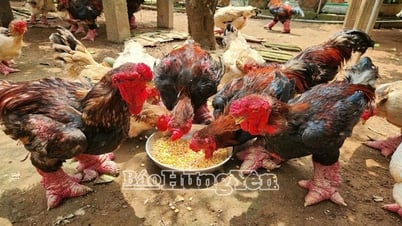





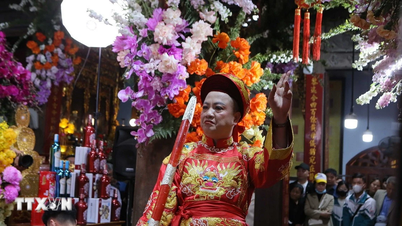




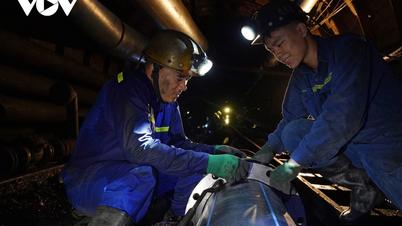


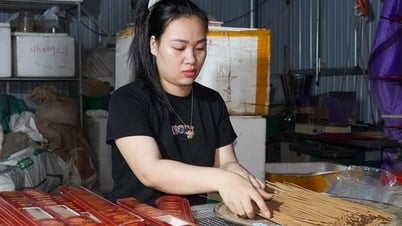









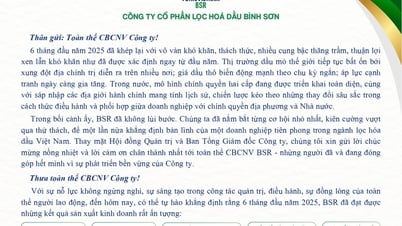















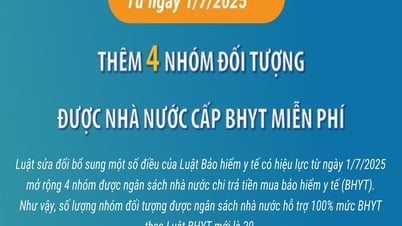



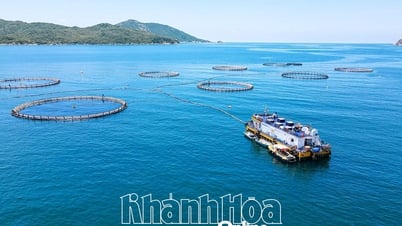
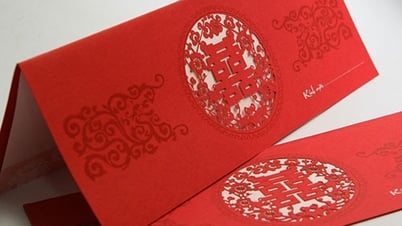


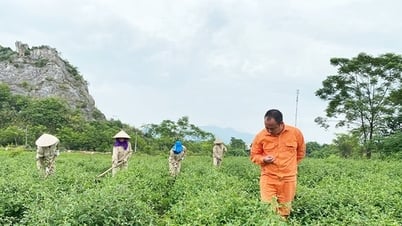
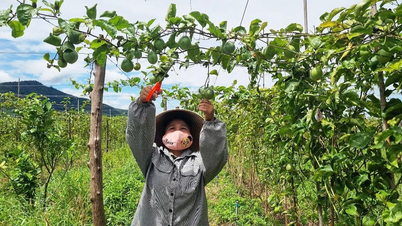



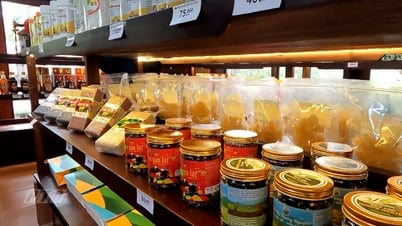







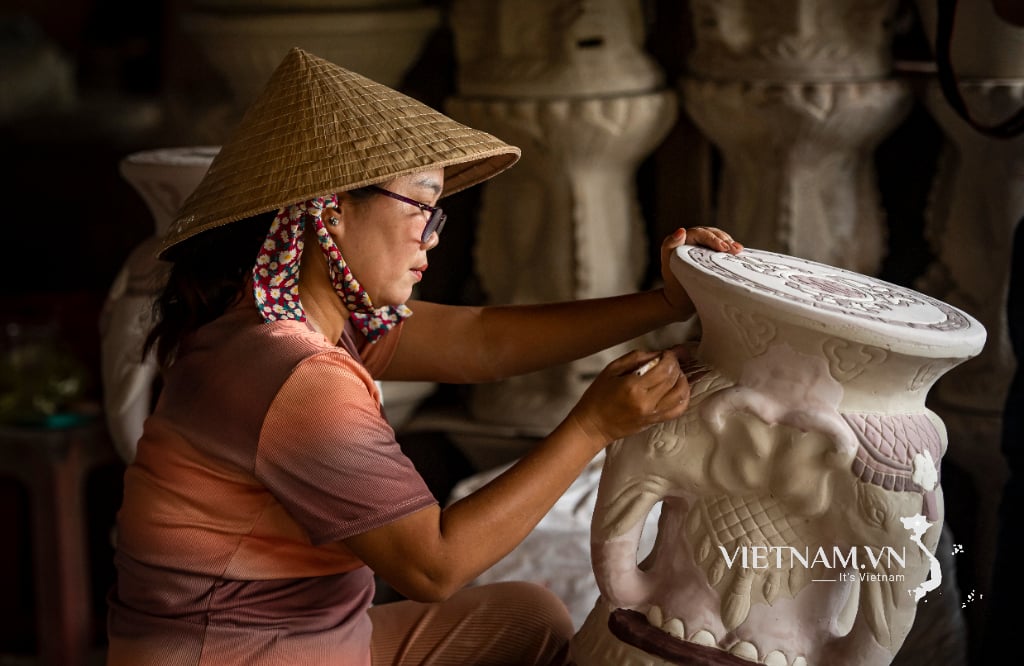

Comment (0)